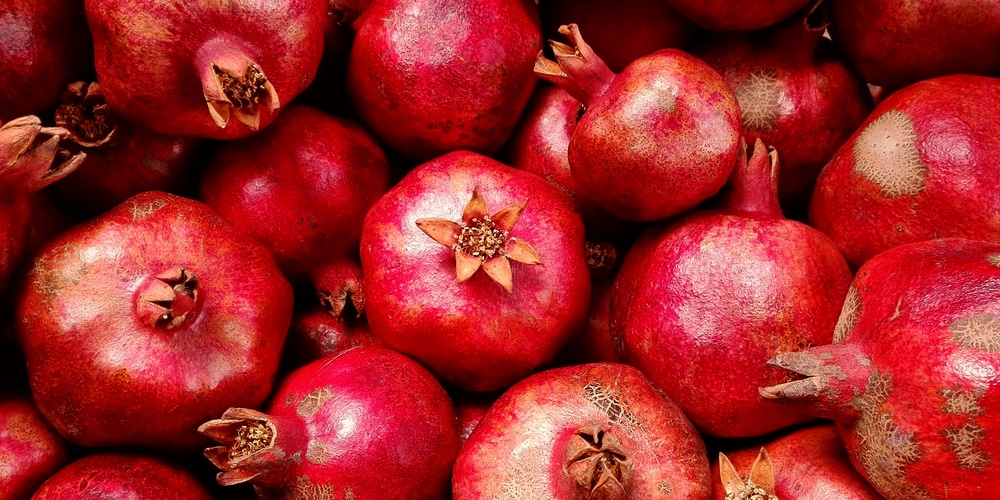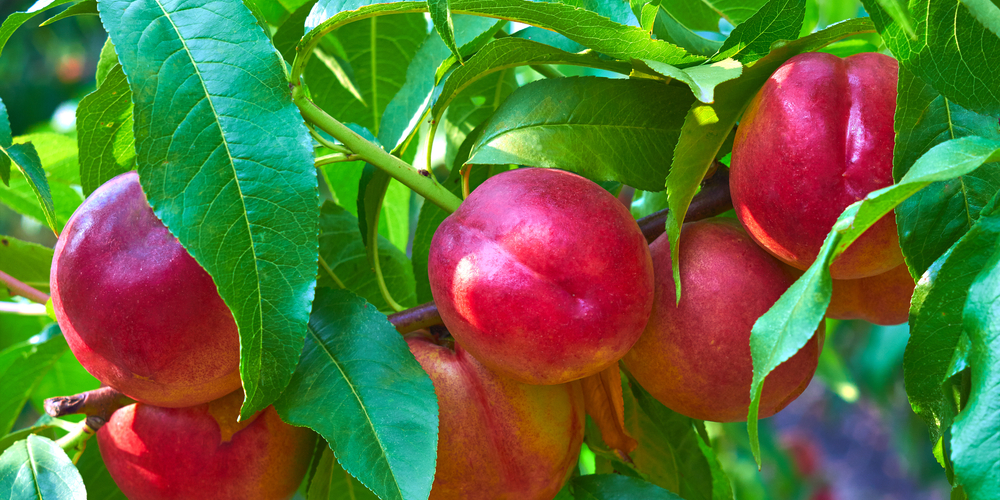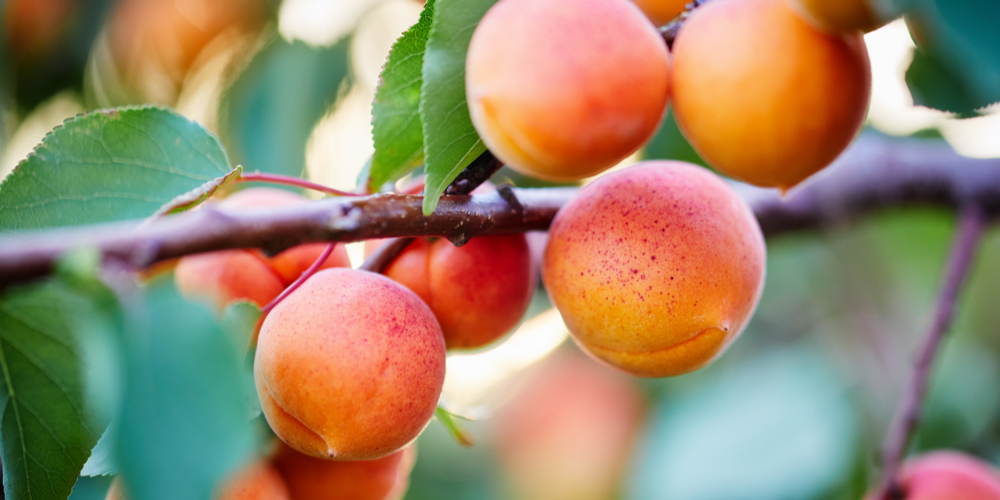When planning a landscape garden, aside from ornamental plants, many consider adding fruit-bearing trees. After all, what’s more gratifying than being able to pluck fresh fruits right from your own backyard?
While most people think that fruit trees are a tropical thing, there are actually quite a few varieties that can thrive in the desert climate of Las Vegas.
While there’s no denying that the hot and dry weather in Las Vegas can be challenging for many plants, there are still a number of fruit trees that can survive and even thrive in this climate.

Belonging in USDA zone 9a, Las Vegas may experience dry spells and heat waves. With that being said, it’s crucial to look for trees that can tolerate long periods of drought as well as heat.
Growing a fruit tree in Las Vegas presents its own unique set of challenges, but with the right care and attention, it is possible to enjoy a bountiful harvest of fresh fruit each year.
Recommended and the Best Fruit Trees for Las Vegas Gardens
If you live in Las Vegas and are looking to add some fruit trees to your garden, here are some of the best options to consider:
1) Pomegranate
The pomegranate is a deciduous tree, so it will lose its leaves in winter, but its striking crimson flowers will bloom again in spring, signaling the start of another growing season.
This tree is best suited to this city because it is relatively drought-tolerant, perfect for Las Vegas’ arid climate. Once established, it will require little supplemental water. Fruit production typically begins when the tree reaches about 3-years-old, with a mature tree bearing up to 200 fruits each year.
2) Peach
The peach tree is a beautiful addition to any landscape, with its delicate pink blossoms and glossy green leaves. This fruit tree is best grown in full sun, although it will still produce fruits even in partial shade.
While it’s not as drought-tolerant as the pomegranate, the peach tree can still survive in the desert climate with regular watering. It’s important to water deeply and less frequently, rather than shallow and more often.
The peach is a symbol of summer, and its sweet aroma is a welcome sign of the warmer months. This tree is best grown in full sun, perfect for gardens in hot climates.
Fertilize your peach tree in early spring, before the leaves start to bud. Use a fertilizer that is high in nitrogen, such as an organic compost or a commercial fertilizer designed for fruit trees.
Pruning is also important for peach trees. Remove any dead or damaged branches, and prune the tree to promote air circulation. This will help to prevent diseases and pests from taking hold.
3) Nectarine
As a close relative to the peach, the nectarine tree shares many of the same characteristics. It too is a beautiful tree with pink blossoms and glossy green leaves.
Nectarines are one of the best fruit trees for Las Vegas gardens. They are low-maintenance trees that are drought-tolerant and require very little pruning. Nectarines are also relatively pest-resistant, making them a good choice for gardeners who want to minimize the use of pesticides.
Nectarines come in a variety of colors, including white, yellow, and peach. The flesh of a nectarine is firm but juicy, and the flavor is both sweet and tart. Nectarines can be eaten fresh or used in pies, jams, and other recipes.
4) Persimmon
The Persimmon is a small, rounded tree with light green leaves that turn golden in the fall. This deciduous tree is popular for its sweet fruits, which can be eaten fresh or used in baking.
This tree is adaptable to a variety of soil types and prefers full sun. It is also drought-tolerant, making it a good choice for gardens in arid climates. Because the Persimmon is not frost-hardy, it should be planted in a protected location in late winter or early spring.
Additionally, the Persimmon tree is relatively low-maintenance and does not require much pruning. Fruits typically ripen in late fall or early winter and can stay on the tree until they are ready to be harvested.
5) Apricot
Apricots are one of the earliest fruits to ripen in the spring, and they are a welcome sight after months of cold weather. The delicate blossoms appear in shades of pink and white, and they fill the air with a sweet fragrance. Native to China, these trees have been cultivated for thousands of years.
Today, apricots are grown in warm climates around the world, and they are a popular ingredient in jams, pies, and other desserts.
In the garden, apricot trees need full sun and well-drained soil. They are relatively drought-tolerant, and they will produce an abundance of fruit with just a small amount of water. Apricots are a lovely addition to any garden, and they make a delicious treat for the whole family.




